Agent Orange Marijuana Strain Information and Review
Welcome to the world of Agent Orange, the weed that isn’t a covert operation but an overt invitation to a groovy, citrus-infused journey. Known for its tantalizing aroma and stunning effects, this is your ticket to a fun, energetic, and uplifted state of mind. Let’s peel back the orange and explore its juicy secrets! 🍊
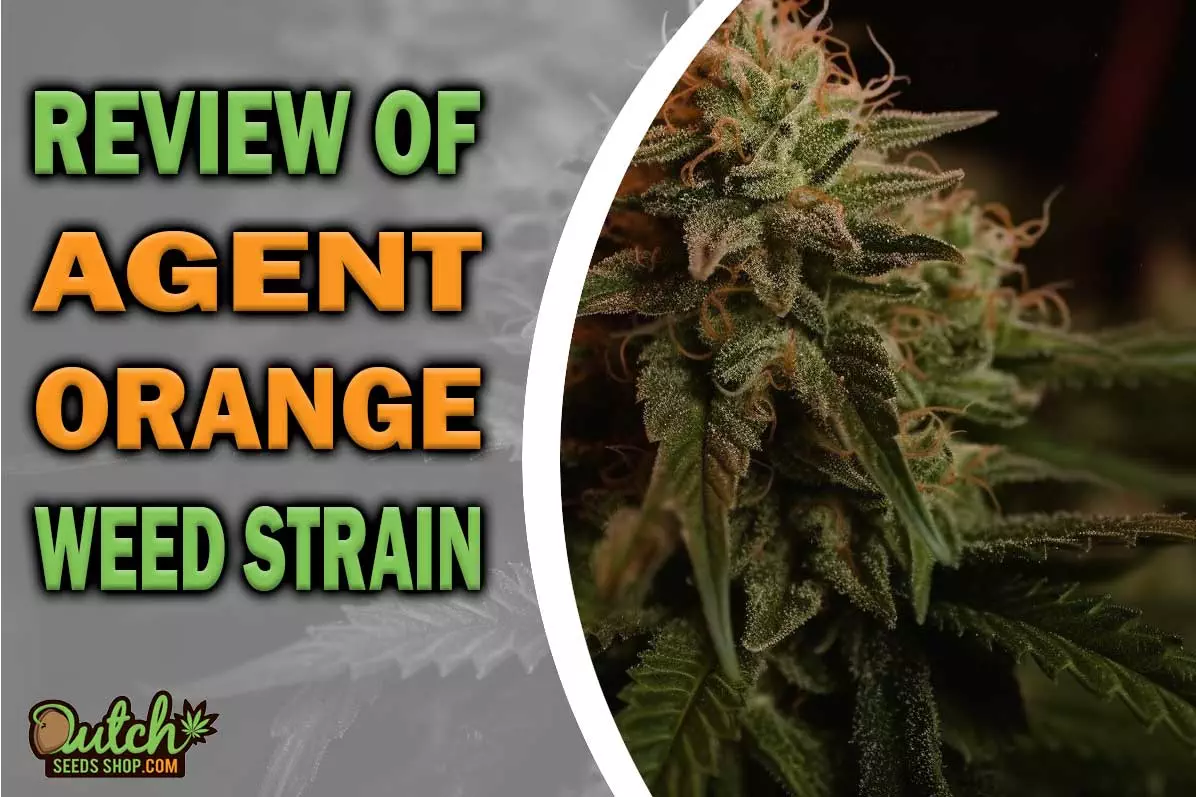
Type: 25% Indica / 75% Sativa
Genetic: Jack The Ripper x Orange Velvet
THC: 12 – 16%
CBD: 0 – 0.1%
Terpenes: Caryophyllene, Myrcene, Terpinolene
Flowering Time: 49 – 63 days
Indoor Yield: 1.3 – 1.6 oz/ft²
Outdoor Yield: 14 – 18 oz/plant
Effects: Creative, Energetic, Happy, Uplifted
Flavors/Taste: Citrus, Fruity, Orange
Agent Orange Strain Genetics
Ah, genetics.
It’s not just about the family tree; it’s about the seeds that give birth to something spectacular.
In this case, it’s our lively, citrusy pal.
Origins and Lineage
This weed was meticulously bred by the breeders at TGA Genetics, the veritable gardeners of Eden in the weed world.
This strain was lovingly crafted by crossing Orange Velvet with the infamous Jack the Ripper.
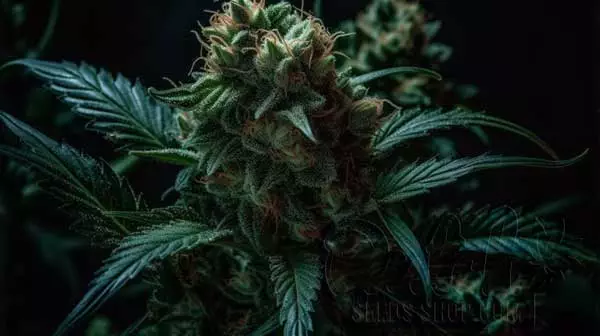
Other parent strains include zesty Orange Skunk, cleaning wizard Jack’s Cleaner, and the regal Space Queen.
It’s like a royal family of weed!
History
Born in the cannabis labs of TGA Genetics, it quickly infiltrated the hearts and minds of weed enthusiasts, thanks to its juicy, orange-like taste and uplifting effects.
Much like the universally loved fruit, it has proven to be a delicious treat enjoyed across the globe.
The Appearance
This is a visual spectacle!
Its buds are adorned with deep maroon and purple hues, nestled within forest-green buds.
It’s like staring at a sunset in the middle of a lush forest. 😍
Is Agent Orange Indica or Sativa?
Agent Orange is a sativa-dominant hybrid strain, boasting a composition of about 75% sativa and 25% indica.
That means it’s the life of the party – energetic and full of good vibes.

Cannabinoids and Terpenes
Now, let’s dive into the heart of this weed – the cannabinoids and terpenes that shape its unique effects.
Terpenes Profile
The most abundant terpene is myrcene, giving it an earthy scent reminiscent of a walk through a forest after a rain shower.
Myrcene is followed by the slightly sweet terpinolene and spicy caryophyllene, creating an intricate, multi-layered scent.
THC and CBD Levels
It can pack a punch, with THC content ranging from 12% to 16%.
Its CBD levels are low, often less than 0.1%, making it a strain more for mental stimulation than bodily relaxation.
Aroma and Flavor
Bursting with a citrusy scent and taste that’ll remind you of fresh-cut oranges, it has spicy or earthy undertones that perfectly complement its dominant flavor.
Just like biting into a juicy orange!
Agent Orange Strain Effects and Medical Benefits
Beyond its zesty flavor and enticing smell, it has a repertoire of benefits up its leaves.
Feelings
It is known for providing an cerebral effect, producing feelings of happiness and energy.
Some users report a mild body-numbing effect, which sounds a lot more interesting than it is.
That can lead to the munchies, so keep those snacks handy!
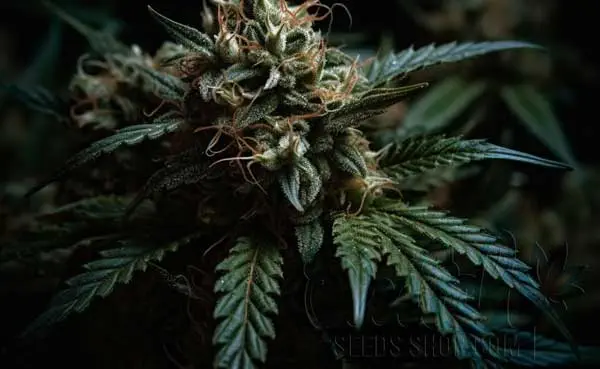
Negatives
While this is a delight, it’s not without its side effects.
Dry mouth and dry eyes are common, and it may induce anxiety, paranoia, or a headache in some.
Remember, hydration is the key! 💦
Strain Helps With
This strain isn’t just good for a good time – it also offers potential relief for conditions like depression, anxiety, migraines, and fatigue.
It’s been reported to assist in managing chronic fatigue, PTSD, and minor, infrequent pain.
Growing Agent Orange
Calling all green thumbs! If you’re excited to grow your little plants, here’s all you need to know.
Agent Orange Seeds
These seeds are as fascinating as the strain itself.
With proper care and a suitable environment, these seeds give birth to stunning plants boasting a range of colors.
Growing Guide
It can be grown both indoors and outdoors, but when grown indoors, it’s best to train it into a bush for optimal results.
It can stretch up to a towering 10 feet when grown outdoors.
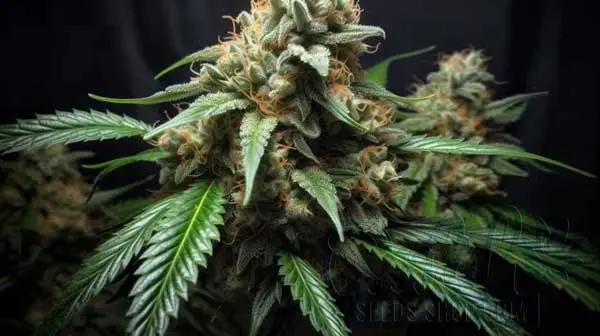
Indoor and Outdoor Growing Info
Whether you grow indoors or outdoors, ensure it gets plenty of sunshine and love.
Remember, a happy plant makes a happy grower!
Feeding Plants
Much like how we thrive on a balanced diet, it needs nutrients to grow tall and healthy.
Feed it well, and it will reward you generously.
Flowering Time and Yield of Agent Orange Seeds
After a flowering time of about 7 to 9 weeks, you’ll be rewarded with a bountiful harvest.
Trust me; the wait is worth it!
Indoor yield range from 1.3 to 1.6 oz/ft², while outdoor yield range from 14 to 18 oz per plant.
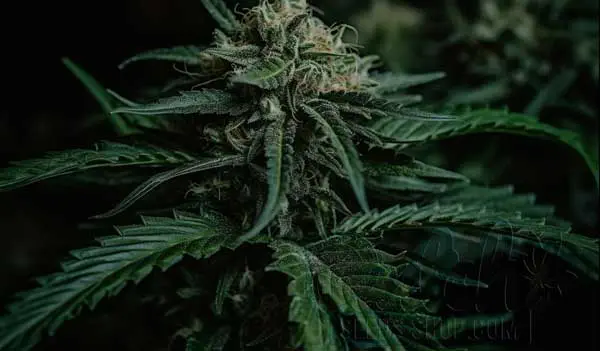
Comparison of Alternative Strains to Agent Orange
While this is is a crowd-pleaser, there’s always room for variety.
Visit this page for list of different weed strains and here are some other contenders:
- Awesome Orange
- Orange Velvet
- Jack Orange
- Napalm OG
- Orange Diesel
- Orange Bud strain
| Name | Genetics | Effects | Flavors |
|---|---|---|---|
| Awesome Orange | A. Orange x (Cinderella 99 x Apollo 11) | Energetic, Joyful | Citrus, Sweet |
| Orange Velvet | Unknown | Relaxed, Euphoric | Orange, Sweet |
| Jack Orange | Jack Herer x Orange Velvet | Creative, Energetic | Citrus, Earthy |
| Napalm OG | Tahoe Alien x Alien Kush | Relaxing, Sleepy | Citrus, Pine |
| Orange Diesel | A. Orange x Sour Diesel | Energizing, Joyful | Diesel, Sour |
| Orange Bud | Skunk x Unknown | Energetic, Happy | Orange, Sweet |
So, there you have it! The complete dossier on Agent Orange’s experience.
Whether you’re keen to experience its effects or you’re excited to grow your own, this weed is ready to serve your weed needs.
Enjoy the journey! 🍊🌿💨
FAQ
Is Agent Orange cannabis strain sativa or indica?
It is a sativa dominant hybrid strain.
Is Agent Orange strong?
With a THC content of 12% to 16%, it is considered a moderately potent to strong strain.
What does Agent Orange taste like?
It is best known for its fresh, sour flavor reminiscent of biting into a juicy orange.
What is the terpene profile of Agent Orange?
It’s dominated by myrcene, followed by terpinolene and caryophyllene.
About the Author
